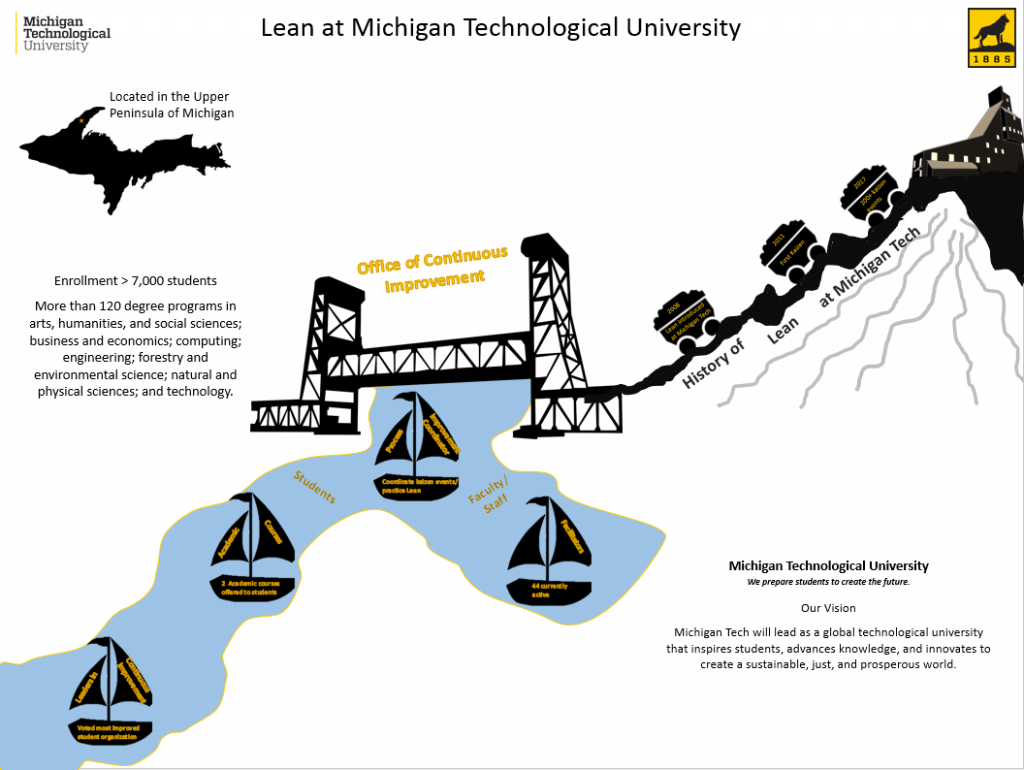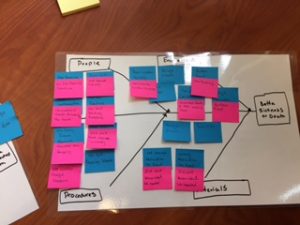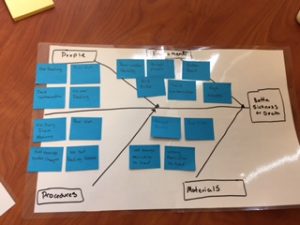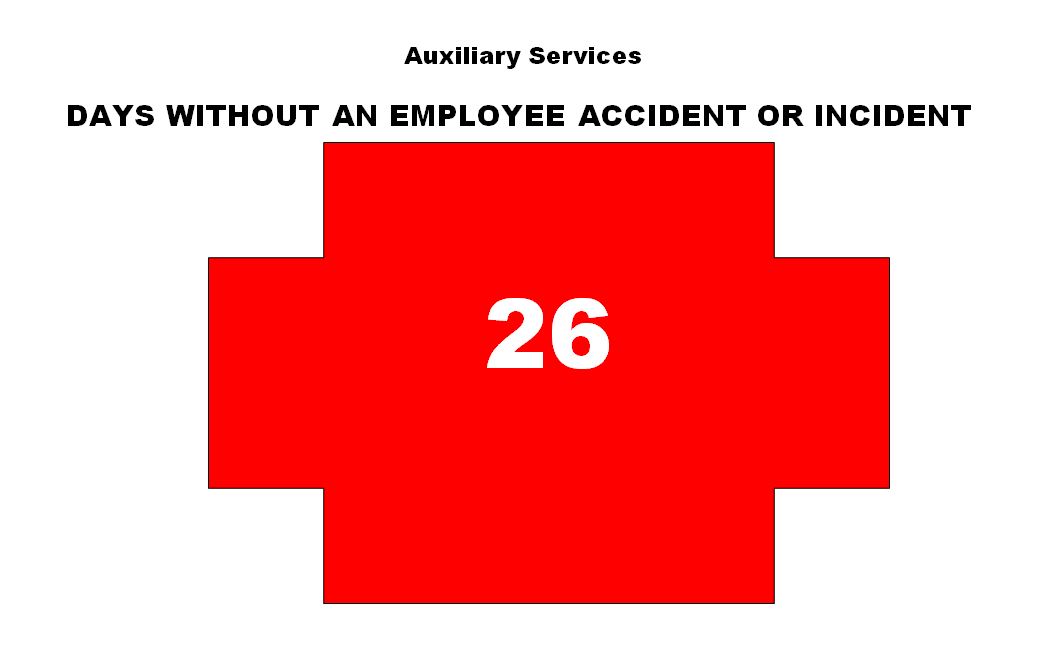Beginning my learning in the Office of Continuous Improvement, not only did I learn what Lean itself was and what it looked like, but also I began to recognize where it is applicable. (The last part of that sentence is an oxymoron, as Lean is applicable literally everywhere). However, I began thinking about and applying Lean to circumstances from my past, starting to apply it in everything I do now, and applying it in the future.
Before working in the Office of Continuous Improvement here at Michigan Tech, my place of employment was absolutely awful, pretty much to the point of unbearable. For those of us who know what it is like to work at a job that gives absolutely no satisfaction in any shape other than being un-employed, then you know just how depressed it makes you. After being inducted into the Lean culture and environment, I cannot help but to mentally think about how much that company could truly grow and prosper if Lean was truly and wholeheartedly applied. I dream of how the 5 Whys and Swim Lanes and other useful tools of Lean could benefit the company and employees there, and the many problems that never go away. The kinds of issues that myself and others continue to deal with are ones that are chronic; not only in terms of the process, but that there is also an entire lack of safety as well as lack of respect between employees and managers of the company. Those who understand the culture of Lean understand that this is a huge issue, in that the two most basic pillars of Lean are lacking, which cripples any sort of progress or improvement trying to be made. To say that I am much more happy and satisfied in my work now is an understatement, but I do hope that my old work-place embraces Lean for the better, for the sake of those who continue to work there. Looking back at the two different work environments, and the two different attitudes that I attend work with each day, I can already personally see the difference Lean has made in my life.
Once learning about Lean, I began applying it immediately to my every-day schedule. Not only because I would have to be familiar with Lean tools at work, but also because they are good tools to use anywhere and the more familiar I am in applying them, the better. Thinking Lean is not a mindset that is only adopted in certain situations, but it is a mindset that you continue to use and apply all day, everyday. I can personally say, the transition to the Lean mindset was extremely easy and beneficial. Everyday, I find something I can improve on, and I try to take one more Lean step forward.
In terms of the future, I already have a head-start, thanks to the implementations I have made with Lean thus far. However, this does not mean my Lean journey is done, in fact it is far from being over. One of the best parts about Lean is that there is no limits to its application, the possibilities are truly endless. Endless! As said by Maria Calcagni in “Gemba Kaizen”, by author Masaaki Imai, “It is not the idea that something is wrong, but that it can be better”(pg 96). There is always room for improvement, always some process in life that can be made more efficient or effective.
And so, I will take my Lean journey and think of how it would have helped my past, allowing me to know where to start applying it in the present, and continue to let Lean guide me through the future.



